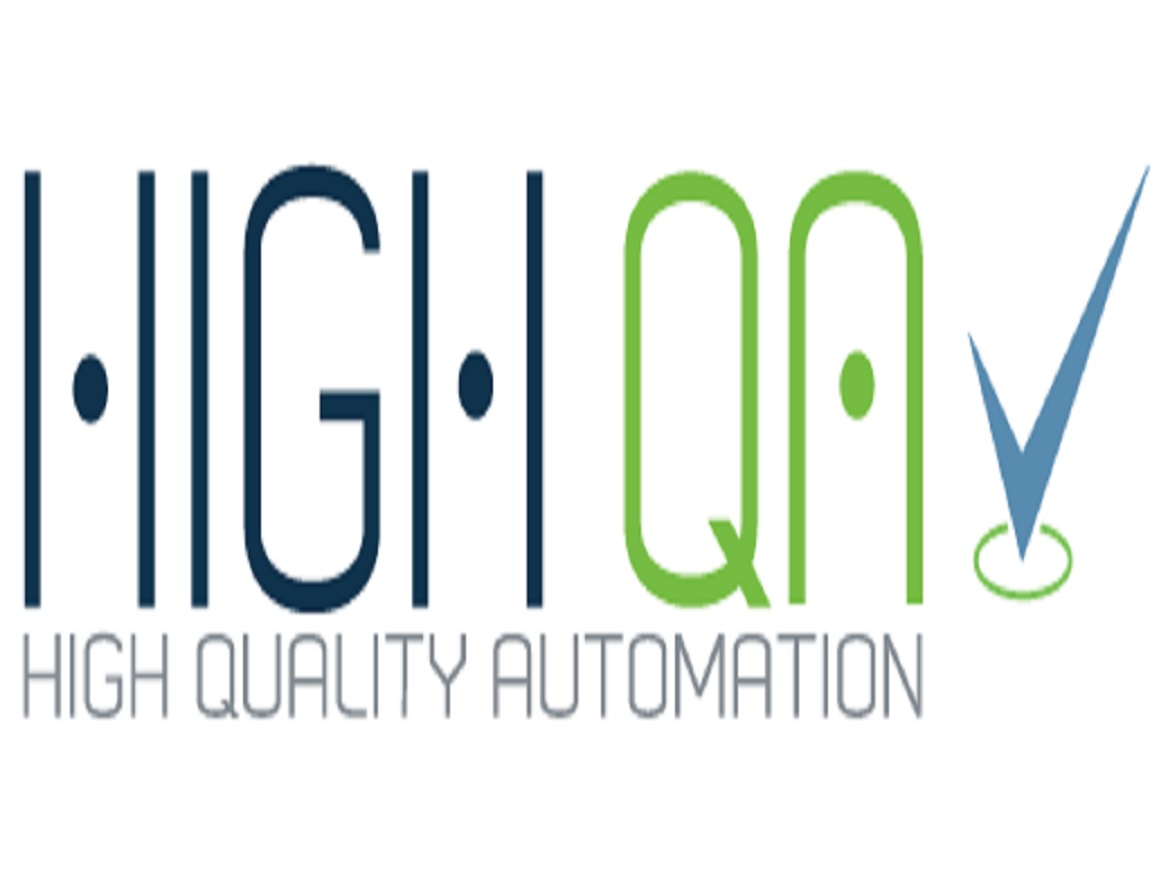Business management theorist Peter Drucker frequently utters, “If you can’t measure it, you can’t improve it.” He is saying that until a process is defined, monitored, and tracked, it is impossible to determine whether it is successful or not. PFMEA stands for risk analysis for manufacturing and quality issues.
Process Failure Mode and Effects Analysis (PFMEA) is crucial for manufacturers who prioritize quality. A PFMEA is frequently required to satisfy compliance standards or a customer’s expectations. Many manufacturers still employ a PFMEA to satisfy and enhance quality efforts even when it is not required.
What is PFMEA?
A risk assessment technique used to examine and assess probable process failure modes is called Process Failure Mode and Effect Analysis (PFMEA). It aids in determining the effects of a failure as well as the actions that must be taken in order to remedy and reduce the risk.
You may be sure that your PFMEA is structured and comprehensive if you use High QA software.
It is a living document that is typically started before the production process and maintained throughout the product lifecycle. A manufacturing quality diagnostics tool called PFMEA identifies and promotes remedial action to eliminate or lessen the likelihood that customers may get defective goods.
When Do You Perform a PFMEA?
Risks should be identified as early in the process as feasible for each phase. Prior to starting the production process, the major objective is to determine risk. The expectation of process performance will be validated by the reduction of a detected risk prior to the first article inspection (FAI) or production part approval process (PPAP).
A process can be made more dangerous when
A new technique or method has been introduced.
There is a change to an ongoing procedure.
There is a shift in the area
The C’s of Powerful PFMEA
1) Control
Control over all aspects of your production, quality assurance, and submission procedures.
2) Continuous Improvement
Manufacturing is being improved continuously, with a particular emphasis on risk management and action monitoring.
3) Collaboration
Consider all potential failure modes in conjunction with the engineering, production, inspection, and quality teams.
4) Comply
Respect the guidelines and standards set out by ISO, AIAG, and VDA.
5) Capture
capture best practices, processes, and expertise in engineering, production, and inspection.
6) Centralized
PFMEA methods, flowcharts, control plans, inspection techniques, and workflow diagrams are centrally stored in a single database.
7) Comprehensive
Comprehensive digital processes let you choose who makes the changes, gets the approval, and signs the document.
8) Consistent
Consistent failure mode descriptions across all documents, parts, submissions, and supplier submissions.
9) Cut Down Stress
Cut down stress during audits with up-to-date and easy-to-find documents from initial plans to PPAP files.
10) Clarity
The clarity in all aspects of quality and PFMEA processes.
11) Complete
The effective C’s of PFMEA describe areas where PFMEA software can help in spotting possible manufacturing process failures like human error, equipment malfunctions, and production bottlenecks, hence enhancing your manufacturing quality management process.
One can provide proof that throughout PPAP, manufacturing process-level risks and potential failure mechanisms were taken into consideration. The manufacturing quality diagnostics of ones quality process with high QA software. You can rest easy knowing that your PFMEAs are well-planned and comprehensive.
In order to effectively create, manage, and monitor all manufacturing quality requirements, including balloon drawings, APQP/PPAP, First Article Inspection (FAI) Software, import inspection data from CMMs, and output reports in AS9102 or industry/customer-specific formats, High QA offers manufacturing quality management software (QMS) solutions.
The P-Diagram, Process Flow Diagram, PFMEA Worksheet, and Control Plan are all easily accessible and integrated for consistency, ensuring that all necessary components are present.
Read More About Us @ https://metrologicallyspeaking.com/









